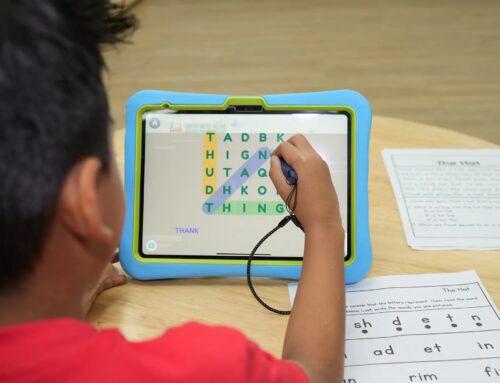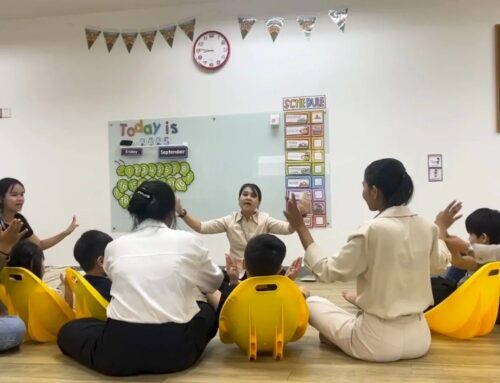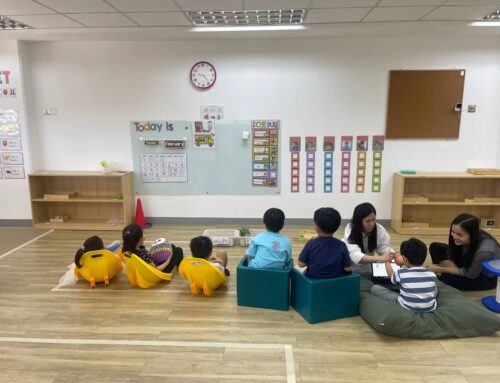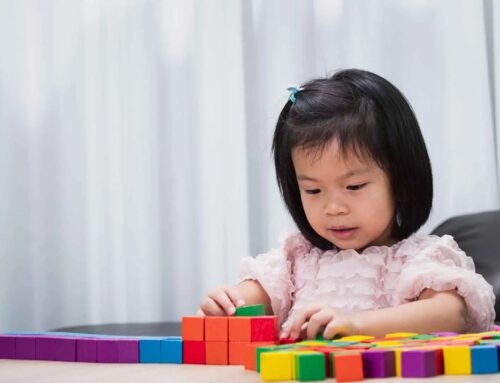Children with cerebral palsy (CP) often face challenges that affect their movement, coordination, and independence in daily activities. With the right interventions, however, they can develop essential life skills and thrive in their environments. At OrbRom Center in Phnom Penh, our occupational therapists help children with cerebral palsy build confidence, improve motor control, and gain greater independence in everyday life.
Occupational therapy focuses not just on what a child can do—but on what they want to do. Through individualized programs and family collaboration, therapy empowers children to participate in school, play, and self-care with greater ease and success.
Understanding Cerebral Palsy and Its Challenges
Cerebral palsy is a neurological condition that affects movement and muscle tone, often caused by early brain development injury. Depending on the type and severity, children may experience muscle stiffness, involuntary movements, or coordination difficulties.
These challenges can make simple activities—like dressing, feeding, or writing—feel overwhelming. But with consistent occupational therapy, children learn adaptive strategies, strengthen motor skills, and gain tools for independence.
Learn more about how occupational therapy supports developmental milestones in children through structured and engaging interventions.
1. Enhancing Motor Control and Coordination
Improving fine and gross motor skills is a central goal of occupational therapy for children with cerebral palsy. Therapists use targeted exercises and play-based techniques to build muscle strength, coordination, and body awareness.
Examples include:
-
Practicing reaching, grasping, and releasing activities
-
Using adaptive tools for writing, eating, and dressing
-
Encouraging play-based movement such as stacking blocks, ball games, and drawing
Each activity is carefully graded to match the child’s abilities and promote gradual progress. Over time, children gain better control and confidence in using their hands and body effectively.
For deeper insight into fine motor development, visit How Occupational Therapy Helps Children Develop Fine Motor Skills.
2. Supporting Daily Living and Independence
Occupational therapy focuses heavily on activities of daily living (ADLs)—the foundational routines that build independence. These include dressing, feeding, brushing teeth, and managing school materials.
Therapists use adaptive equipment, visual supports, and environmental modifications to make these tasks accessible. For example:
-
Using non-slip mats or built-up handles for self-feeding
-
Practicing dressing skills with Velcro and elasticized clothing
-
Adapting seating positions to support posture during tasks
These small changes have a big impact on confidence and autonomy. Our Occupational Therapy Services help families find practical strategies that fit their child’s daily routines both at home and in school.
3. Sensory Integration and Emotional Regulation
Many children with cerebral palsy also experience sensory processing differences. They might be sensitive to certain textures, sounds, or movements—or they might seek strong input to feel balanced.
Through sensory integration therapy, occupational therapists help children process and respond to sensory input more effectively. Activities might include swinging, deep-pressure play, or tactile exploration to improve regulation and comfort.
By learning to manage sensory responses, children can focus better during therapy, learning, and play—making daily routines smoother and less stressful.
4. Promoting School Readiness and Participation
Occupational therapists play an important role in preparing children with cerebral palsy for school life. They work on pre-writing, sitting posture, and attention—skills that help children succeed in structured learning environments.
Therapy may include activities such as:
-
Strengthening upper body and core muscles to improve sitting stability
-
Practicing pencil grip and hand control for writing tasks
-
Using visual and auditory supports to enhance focus and engagement
At OrbRom Center, our team collaborates closely with teachers to ensure that therapeutic strategies are carried over into classroom settings. This coordinated approach ensures that children receive consistent support both in therapy and at school.
You can explore more in Supporting Daily Routines Through Occupational Therapy in Phnom Penh to see how structured routines build confidence and success.
5. Family Education and Home-Based Support
Parent involvement is key to long-term progress. Occupational therapists guide families on how to create a supportive home environment and integrate therapy goals into everyday routines.
Simple at-home activities like water play, drawing, or stacking toys can strengthen the same skills practiced in therapy sessions. Families can also learn positioning techniques, adaptive feeding methods, and calming sensory routines that enhance their child’s comfort and participation.
For practical ideas, see Building Stronger Bonds Through Occupational Therapy Activities at Home—a guide designed especially for parents.
Occupational therapy for children with cerebral palsy provides much more than exercises—it offers hope, empowerment, and the opportunity for every child to reach their fullest potential. Through skill-building, sensory support, and strong parent collaboration, therapy helps children lead more independent, fulfilling lives.
At OrbRom Center in Phnom Penh, our therapists tailor each program to meet the individual needs of children with cerebral palsy, combining compassion with evidence-based methods. Together, we help children move, learn, and grow with confidence—one milestone at a time.






